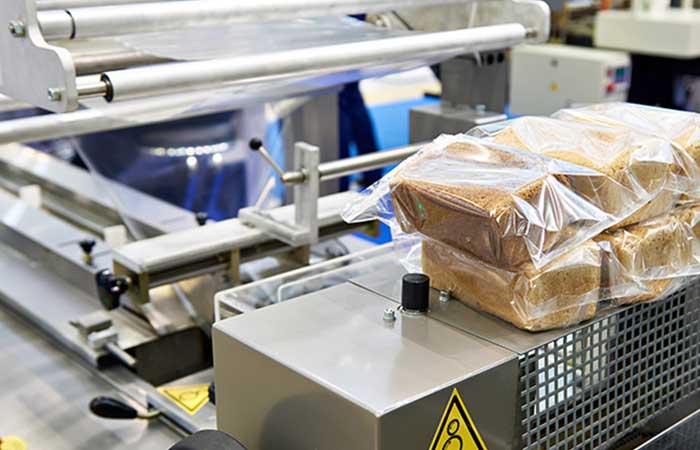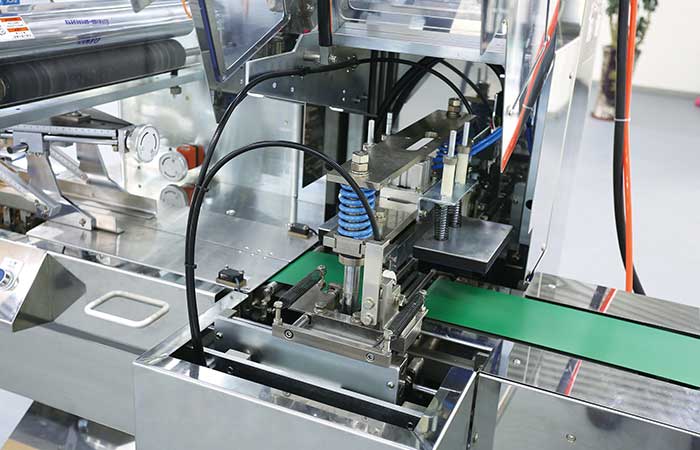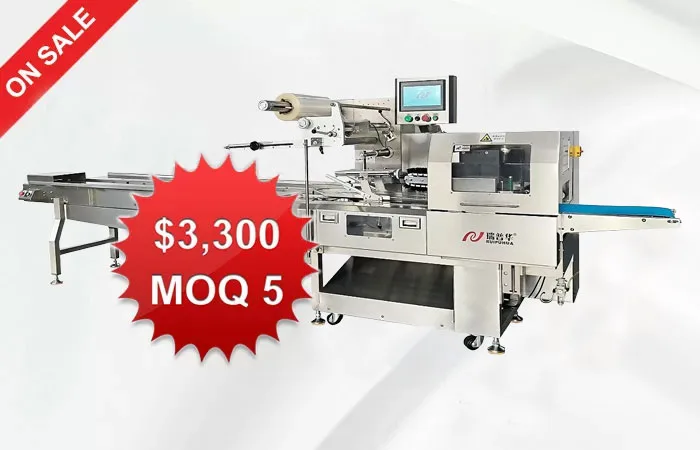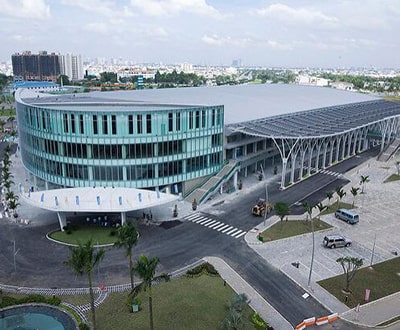Split System vs Packaged System: Which HVAC System is Right for You?
The Battle of HVAC Systems: Split vs. Packaged
When it comes to heating, ventilation, and air conditioning (HVAC) systems, the choice between a split system and a packaged system can have a significant impact on your comfort and energy bills. Each system has its own set of pros and cons, so it’s essential to understand the differences before making a decision.
Split System HVAC
Split systems are the most common type of HVAC system found in residential spaces. They consist of two main components: an indoor unit, typically located in a closet or attic, and an outdoor unit. The indoor unit houses the evaporator coil and blower, while the outdoor unit contains the compressor and condenser coil. These two units are connected by refrigerant lines, allowing them to work together to cool or heat your home efficiently.
One of the main advantages of a split system is its flexibility. You can choose from various types of indoor units, such as air handlers, heat pumps, or furnaces, based on your specific heating and cooling needs. Additionally, split systems are generally quieter than packaged systems since the noisy components, like the compressor, are located outside.
Packaged System HVAC
On the other hand, packaged systems combine all the necessary components into a single outdoor unit. This unit is typically installed on the roof or on a concrete pad next to the building. Packaged systems are commonly used in commercial buildings, but they can also be a viable option for residential properties with limited indoor space.
One of the significant advantages of a packaged system is its simplicity. Since all components are housed in a single unit, installation is usually quicker and more straightforward than with a split system. Additionally, packaged systems are more energy-efficient since they don’t lose energy through the ductwork often associated with split systems.
Choosing the Right System
When deciding between a split system and a packaged system, several factors should be taken into consideration. The size of your home, your budget, and your specific heating and cooling requirements will all play a role in determining which system is right for you.
If you have a larger home with ample indoor space, a split system may be the best option. You can customize the indoor components to meet your heating and cooling needs effectively. On the other hand, if you have limited indoor space or are looking for a more straightforward installation process, a packaged system might be the way to go.
Conclusion
Both split systems and packaged systems have their own advantages and disadvantages. Ultimately, the right choice will depend on your unique circumstances and preferences. By understanding the differences between these two types of HVAC systems, you can make an informed decision that will keep you comfortable all year round.
-
 01
01Further Discussion About Protein Bar Packing Machinery
27-02-2024 -
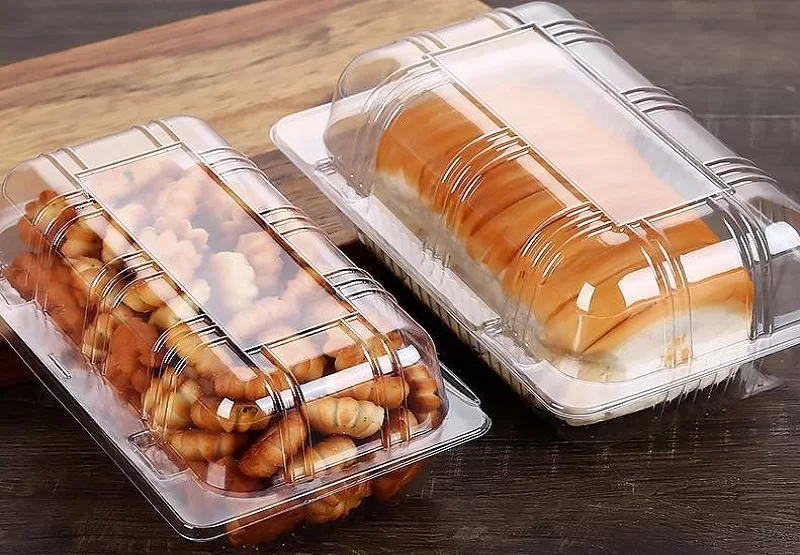 02
02Sustain The Best Crispy With Automatic Packaging Machines
29-01-2024 -
 03
03Bread Packing Machine For Bakery Business
19-01-2024 -
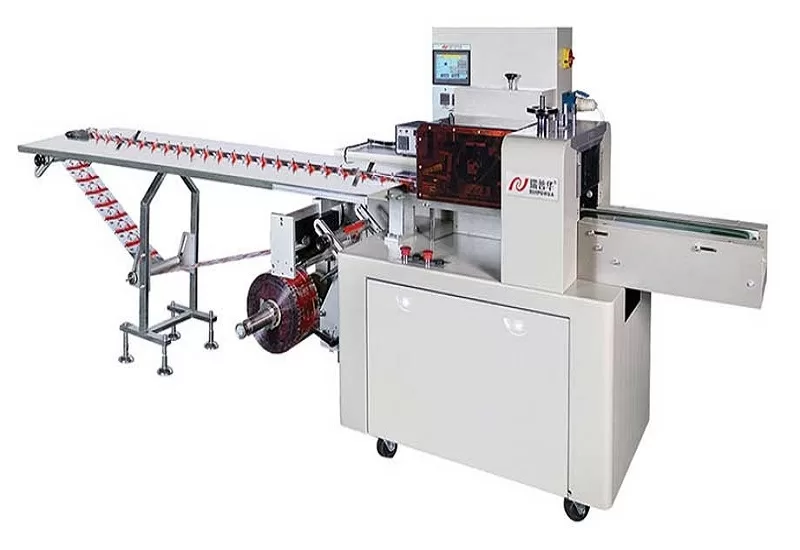 04
04How Flow Wrappers Are Adapting to Changing Trends
01-11-2023 -
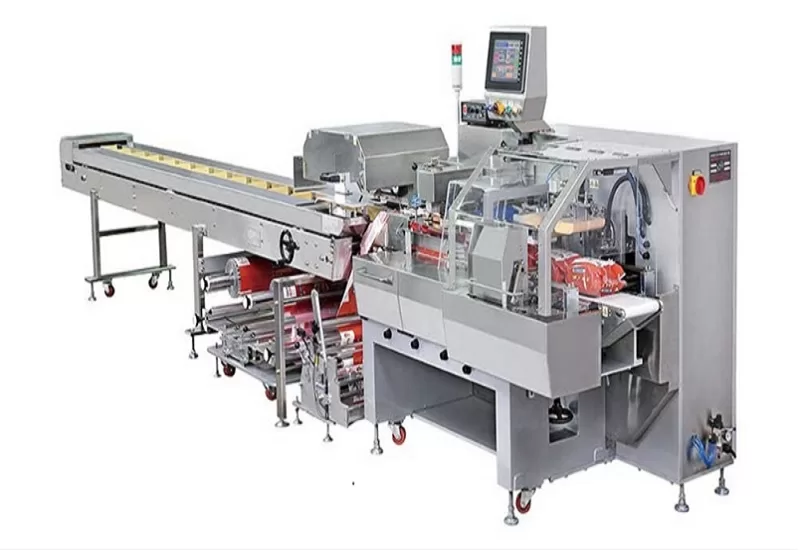 05
05The Comprehensive Guide to Packaging Machinery
31-10-2023 -
 06
06Automatic Cookie Packaging System Performance
01-09-2023 -
 07
07Streamlining Biscuit Packaging with Multipack Biscuit Packaging Machines
25-08-2023 -
 08
08From Assembly To Shipping: The Energy Bar Packaging Machine Does All
28-02-2023 -
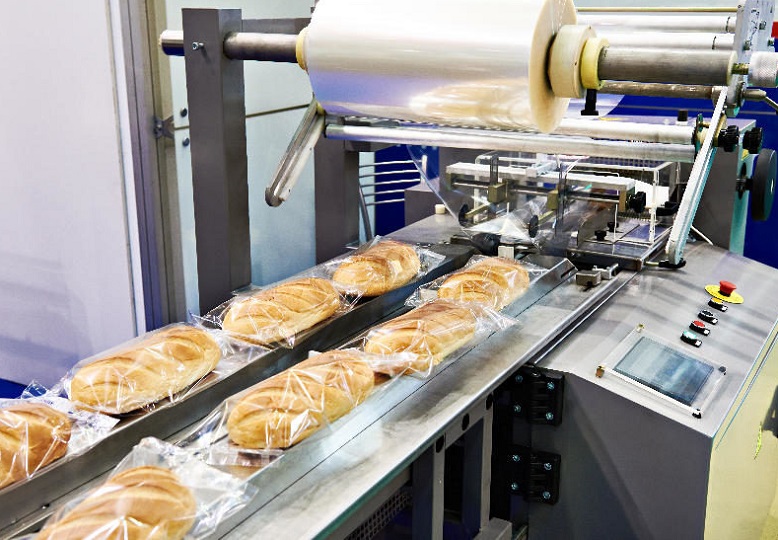 09
09Maximizing Efficiency With Food Packaging Machine Technology
22-02-2023 -
 10
10Clients Hunt For Professional And Functional Packaging Machine
10-11-2022



